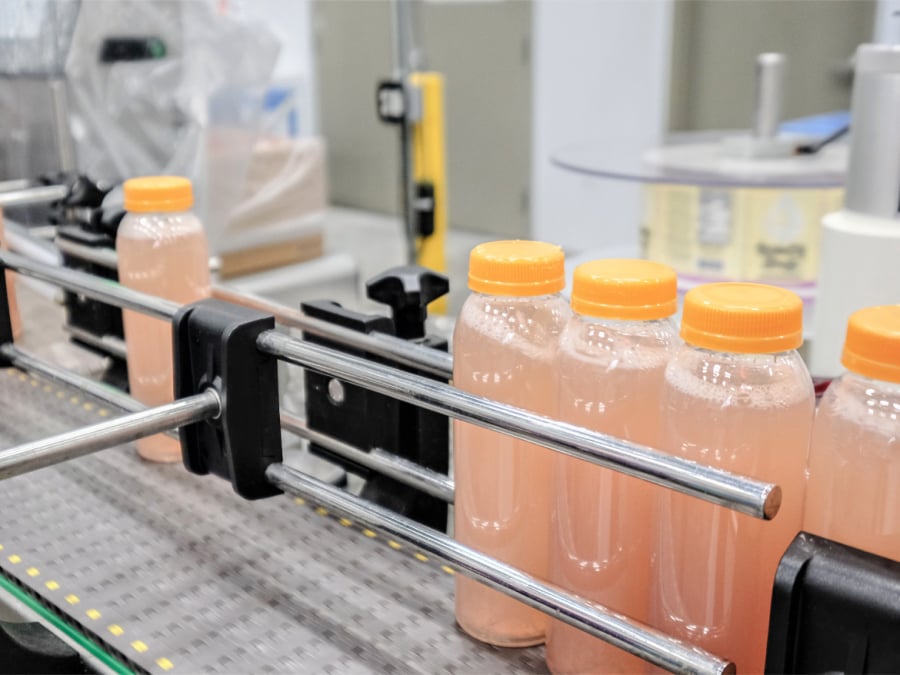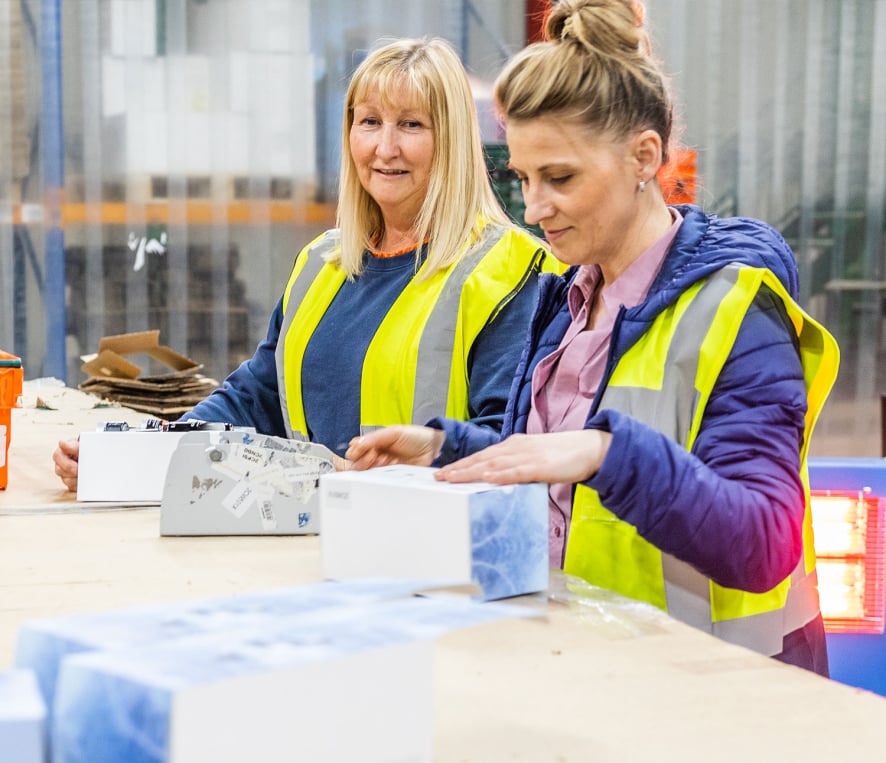The Science Behind Tunnel Pasteurization: How it Works and Why it's Effective
In the fast-paced world of beverage production, where quality and safety are non-negotiable, tunnel pasteurization emerges as a sophisticated and effective solution. This heat treatment process, integral to the beverage industry, plays a pivotal role in ensuring the elimination of harmful microorganisms, extending shelf life, and maintaining the integrity of flavors. In this comprehensive exploration, we will unravel the intricate science behind tunnel pasteurization, shedding light on how it works and why it stands as a stalwart guardian of beverage quality.

